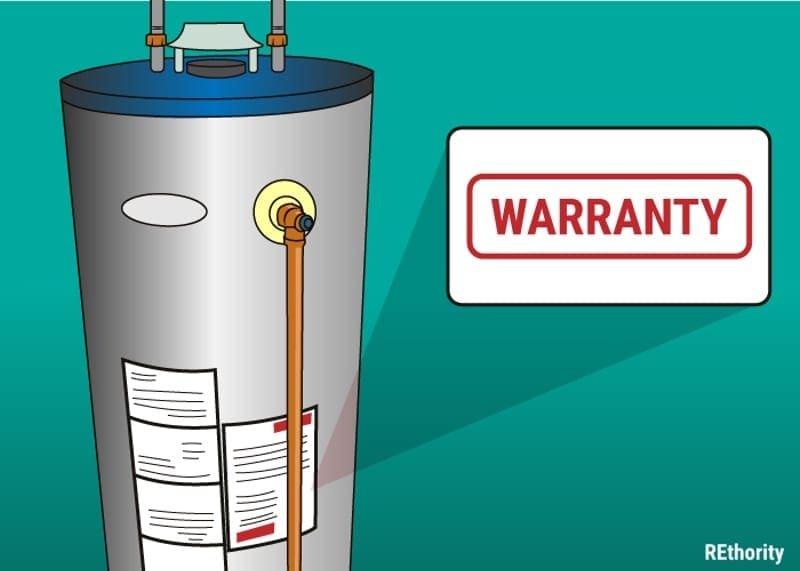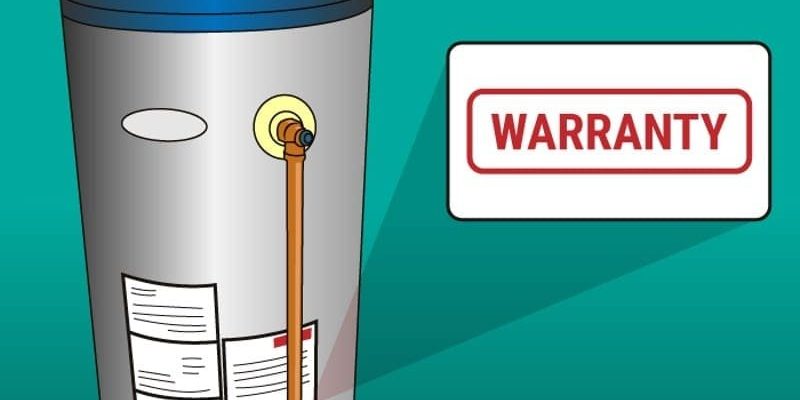
Honestly, a warranty is a kind of promise from the manufacturer that they’ll cover certain repairs or replacements for a set time. But just like those promises often have fine print, transferring a warranty is not always automatic. So, let’s sit down with a cup of coffee and take a close look at how Rinnai handles warranty transfers, why it matters, and what you can do if you’re on either end of a Rinnai water heater sale.
What Is a Rinnai Water Heater Warranty?
Before diving into transfer rules, let’s clarify what a Rinnai water heater warranty actually covers. Think of the warranty as a safety net protecting you against defects or failures in parts and workmanship for a specified time. For Rinnai, this usually means they cover the tankless water heater’s key components—like the heat exchanger and burner assembly—for several years.
The exact terms can vary depending on the model and where you live, but typically, Rinnai offers a **12-year limited warranty** on the heat exchanger and a **5-year warranty** on parts. It’s important to know that these warranties are *limited*—meaning they cover specific issues under certain conditions, not general wear and tear.
Also, keep in mind that the warranty starts ticking from the date of installation, not from when you bought the unit. So if you buy a house with a water heater already installed, the warranty clock might already be partly run down.
Can You Transfer Rinnai Water Heater Warranty to a New Owner?
Here’s the thing: Rinnai’s warranty can be transferred, but with some conditions. It’s not an automatic process where the new owner just steps into your shoes. The warranty transfer depends largely on the proof of installation and registration with Rinnai.
When you first install a Rinnai water heater, the installer or homeowner typically has to register the product with Rinnai, submitting details like the serial number and installation date. If this registration is done properly, Rinnai will hold the warranty information on file.
For the warranty to transfer, the new homeowner needs to provide proof of purchase and installation, and sometimes the original owner or installer must notify Rinnai that ownership has changed. Without this, the new owner risks losing warranty coverage. So, it’s kind of like transferring a car title—you can’t just hand over the keys without paperwork.
Why Does Rinnai Require Proof of Installation?
You might be wondering why they’re so strict about installation paperwork. Well, Rinnai’s warranties often specify that the water heater must be installed by a licensed professional following the manufacturer’s guidelines.
Why? Because a poorly installed water heater can cause all sorts of problems—think leaks, poor efficiency, or even safety hazards. So the warranty is designed to cover *manufacturing defects*, not issues from botched installations. This is one reason why they want proof that a qualified installer did the job right.
Steps to Transfer Your Rinnai Warranty
If you’re selling your home or handing over your Rinnai water heater to someone else, here’s a simple checklist that can help make sure the warranty follows the unit:
- Find the original paperwork: Locate purchase receipts, installation invoices, and any Rinnai registration confirmation.
- Notify Rinnai of the ownership change: Contact Rinnai customer service or use their online system to inform them of the new owner’s information.
- Provide proof: The new owner may need to submit documents showing the purchase and installation dates.
- Confirm warranty status: Both parties should verify that the warranty remains valid and in the new owner’s name.
By following these steps, you help avoid headaches down the road when troubleshooting or repairs come up.
What If the Warranty Is Not Registered? Can It Still Be Transferred?
Here’s a tricky part: If the Rinnai water heater was never registered after installation, transferring the warranty gets complicated. Unregistered products might not have active warranty coverage, or Rinnai might refuse to honor a warranty claim without a valid registration.
However, some installers or homeowners may still be able to submit retroactive registration if they have proof of purchase and installation. It’s worth calling Rinnai to ask if this is possible in your case. Doing it right away can sometimes save the warranty—even if you didn’t register initially.
In worst-case scenarios, if the warranty can’t be transferred, the new owner will need to accept responsibility for repairs or consider purchasing an extended warranty if available.
Why Does Warranty Transfer Matter When Selling a Home?
Think about it: A home’s water heater is a big-ticket item you don’t want anyone trying to fix with duct tape and hope. For buyers, knowing the water heater warranty transfers can be a significant confidence booster, potentially influencing their offer.
From a seller’s perspective, providing proof that the Rinnai warranty transfers smoothly can make the sale more attractive. It’s like offering a “peace of mind” package—showing you care about the home’s upkeep.
If the warranty doesn’t transfer, new owners might factor in the cost of repairs or replacement faster than expected. That’s why this simple step of checking warranty transferability can save everyone hassle.
How Does Rinnai Warranty Transfer Compare to Other Brands?
It’s interesting to note that not all water heater brands handle warranty transfers the same way. Some manufacturers offer **non-transferable warranties** that expire with the original purchaser, regardless of who owns the product next.
Others might have simpler online registration portals making transfers easier. Compared to these, Rinnai’s process is fairly standard but leans toward requiring active communication and proof.
So, if you’re considering buying a house or water heater, it’s smart to check which brands offer the most flexible warranty transfer policies. Sometimes a little research can help you avoid surprises after closing the deal.
Troubleshooting Warranty Issues: What To Do If Your Transfer Is Denied
Honestly, transferring a warranty can get confusing. If you ever find your transfer request denied or you hit a snag, don’t panic.
Here’s what you can do:
- Double-check documents: Make sure all paperwork is complete, legible, and shows correct dates and serial numbers.
- Call Rinnai Support: Speak directly to their warranty team to clarify what’s missing or what you can do next.
- Ask the installer: Sometimes the professional who installed the heater can help by providing or confirming installation details.
- Keep records: Document all communication for future reference, just like keeping receipts.
Even if the transfer doesn’t go perfectly, knowing your options helps you plan next steps, whether that’s repairs out of pocket or buying extra coverage.
Final Thoughts on Transferring a Rinnai Water Heater Warranty
Let me wrap this up with a simple truth: **Transferring a Rinnai water heater warranty is possible, but it takes a little paperwork and planning.** It’s like handing over a delicate recipe—you want to make sure all the ingredients (proof, registration, communication) are there for the new owner to get the same great results.
If you’re selling, get your paperwork in order and talk to Rinnai ahead of time. If you’re buying, ask for proof of registration and warranty transfer acceptance. This way, you turn a potentially tricky process into a smooth handoff.
At the end of the day, warranties exist to protect you. Making sure they transfer properly means a safer, warmer home—and less stress for everyone involved.
